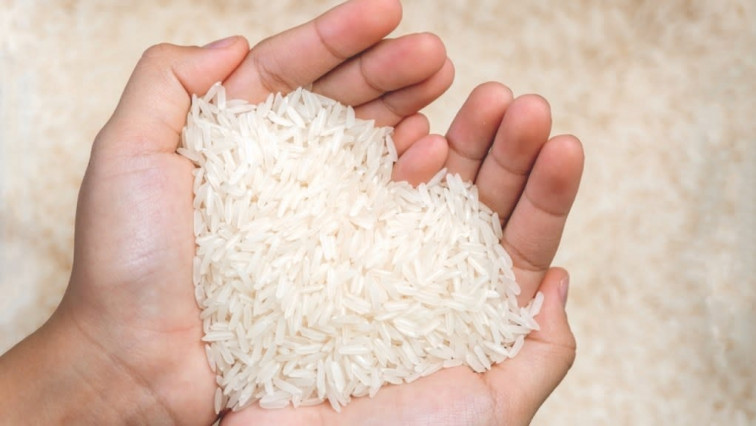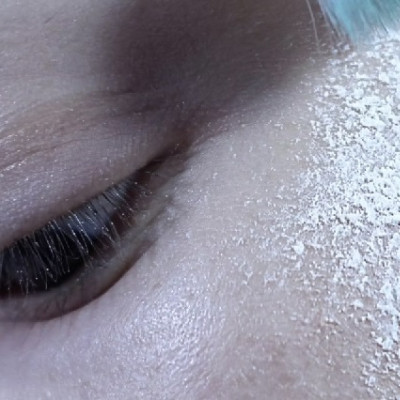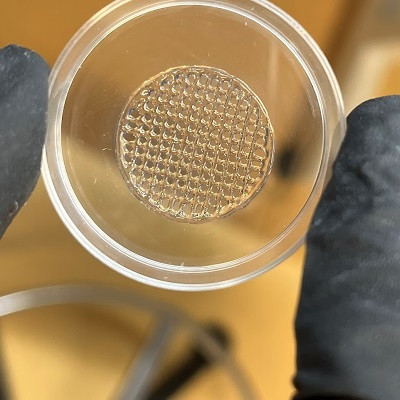Rice, a staple food for billions, faces a growing threat: climate change. Rising temperatures and increasingly frequent heat waves are taking a toll on rice yields worldwide.
Researchers have been exploring ways to make rice plants more resilient to extreme conditions.
A team of horticulturists from Nankai University in China has discovered a surprising solution: zinc oxide nanoparticles. They say that spraying a zinc oxide nanoparticle solution on rice plants enhances their ability to tolerate heat stress.
“We demonstrate that foliar application of zinc oxide nanoparticles (ZnO NPs) significantly increases the grain yield and nutritional quality of rice during HWs [heat waves],” the researchers wrote in the study paper.
Zinc oxide nanoparticles
Heat waves pose a serious threat to rice production, causing significant yield losses and even complete crop failure.
To mitigate the devastating impact of climate change-induced heat waves, scientists are racing to develop strategies to safeguard plant life.
Recent research has indicated that foliar application of zinc nanoparticles is a more efficient method of delivering zinc to plants, as the particles can penetrate leaf pores. Zinc nanoparticles are a common sunscreen ingredient.
Driven by curiosity, the team explored the potential of zinc oxide to safeguard rice yields in the face of extreme heat.
As per Phys.org, in this new study, the researchers created a customized greenhouse.
In a controlled greenhouse experiment, researchers exposed rice plants to a simulated heat wave. To simulate extreme heat conditions, the team subjected the fully grown rice plants to a rigorous six-day heat wave at 37°C.
To efficiently deliver zinc to plants, the team utilized nanoparticles, which are smaller than 100 nanometers. Interestingly, these can penetrate the microscopic pores on leaf surfaces.
Half of the plants were sprayed with a solution containing zinc oxide nanoparticles, while the other half received only water.
22.1% yield increase
Upon harvest, the research team observed a 22.1% increase in yield from the rice plants treated with zinc oxide nanoparticles compared to the control group grown with just water.
Upon closer examination, it was found that the rice grains from the zinc oxide-treated plants exhibited higher nutrient content.
“This study revealed that foliar application of zinc oxide nanoparticles (ZnO NPs; 30 to 80 nm, 0.67 mg/d per plant, 6 d) to rice leaves under heatwave (HW) stress increased the grain yield and nutritional quality,” the study noted.
How does this work? Zinc oxide is a natural component of plant metabolism. By applying zinc oxide nanoparticles directly to the leaves, scientists can bypass the root system and deliver the nutrients more efficiently.
This helps maintain rice crop yields while reducing fertilizer use.
The researchers also went on to explore the impact of zinc oxide nanoparticles on rice plants without any heat waves.
In a separate experiment conducted under normal conditions, the researchers observed that rice plants treated with zinc oxide nanoparticles exhibited higher yields compared to untreated plants.
This development has the potential to transform rice cultivation, particularly in regions vulnerable to climate change.
Read the original article on Interesting Engineering.







